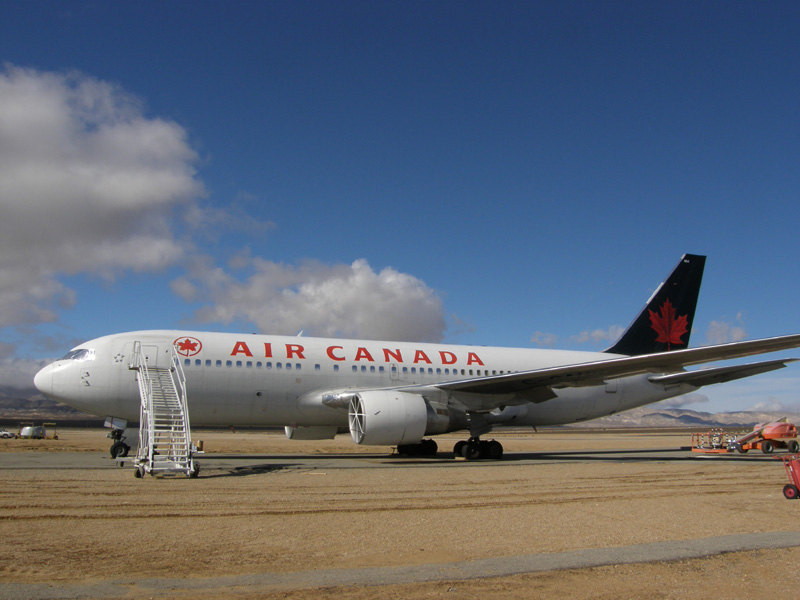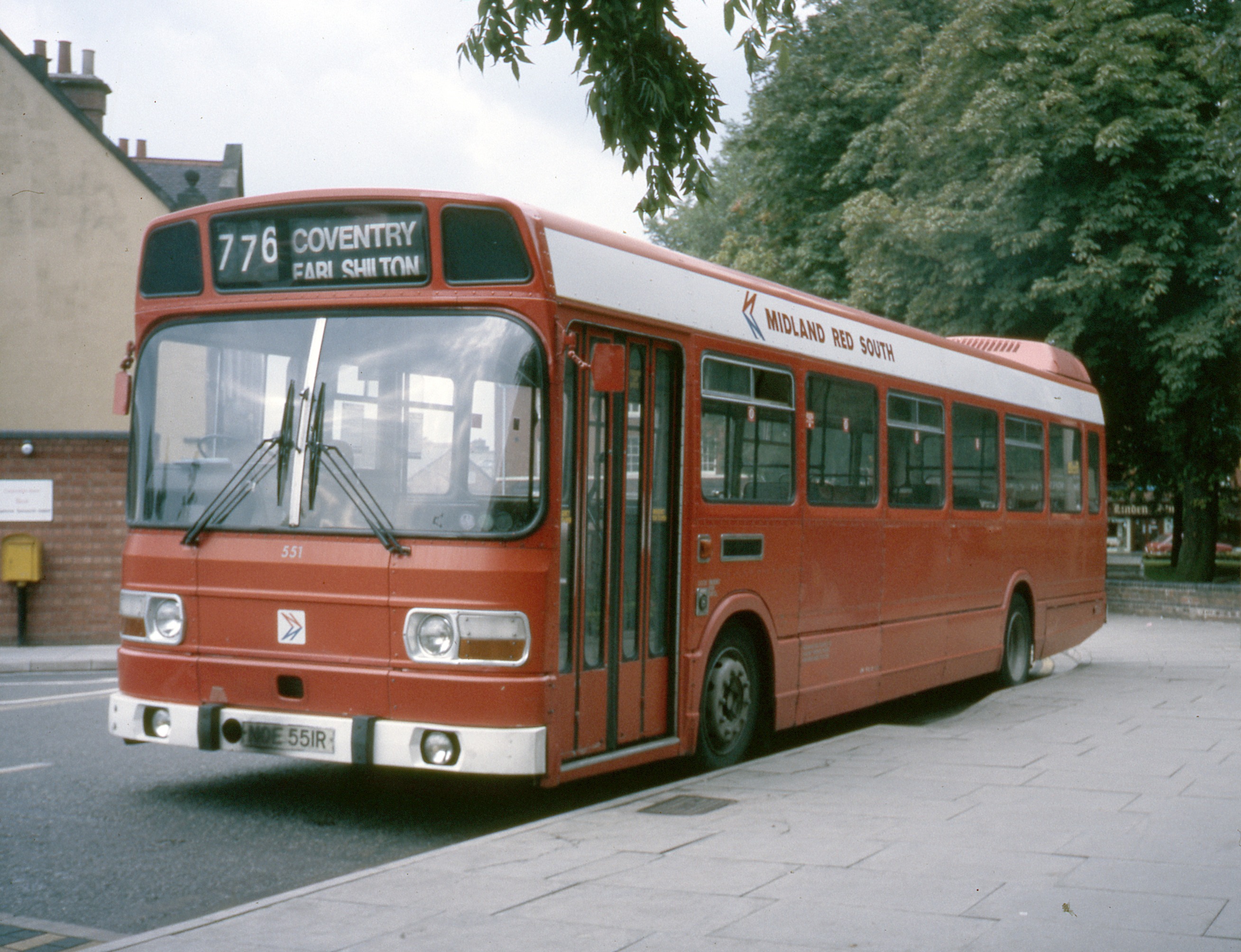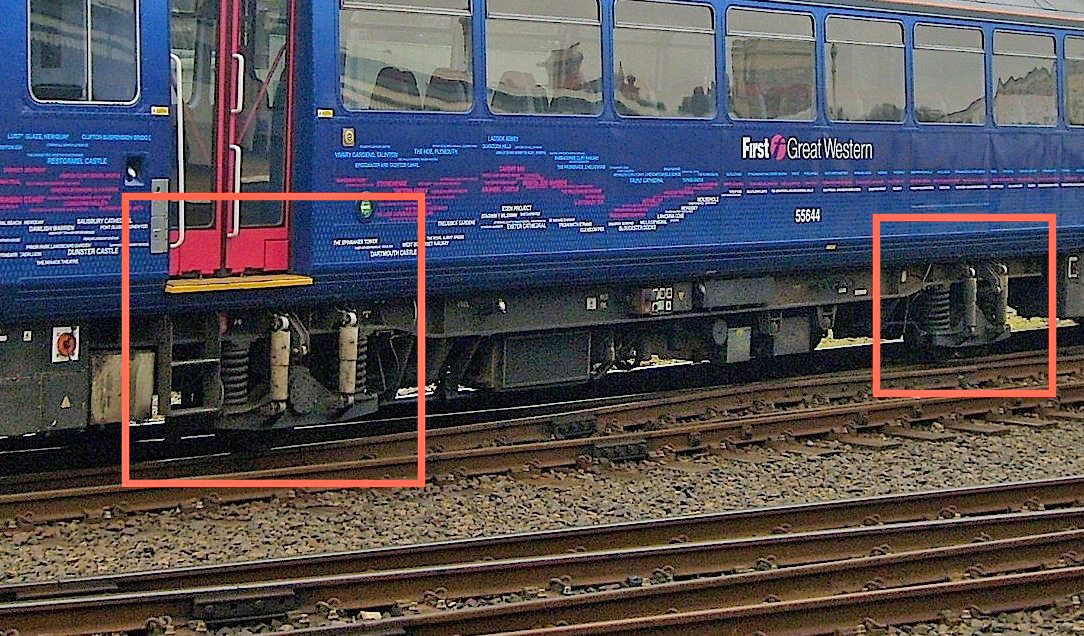|
143 (number)
143 (one hundred ndforty-three) is the natural number following 142 and preceding 144. In mathematics 143 is the sum of seven consecutive primes (11 + 13 + 17 + 19 + 23 + 29 + 31). But this number is never the sum of an integer and its base 10 digits, making it a self number. Every positive integer is the sum of at most 143 seventh powers (see Waring's problem). 143 is the difference in the first exception to the pattern shown below: :3^2+4^2=5^2 :3^3+4^3+5^3=6^3 :3^4+4^4+5^4+6^4=7^4-143. In the military * Vickers Type 143 was a British single-seat fighter biplane in 1929 * United States Air Force 143d Airlift Wing airlift unit at Quonset Point, Rhode Island * was a United States Navy during World War II * was a United States Navy during World War II * was a United States Navy during World War II * was a United States Navy in World War II * was a United States Navy patrol boat * was a United States Navy during the Cuban Missile Crisis * was a United States Navy ... [...More Info...] [...Related Items...] OR: [Wikipedia] [Google] [Baidu] |
142 (number)
142 (one hundred ndforty-two) is the natural number following 141 and preceding 143. In mathematics There are 142 connected functional graphs on four labeled vertices, 142 planar graphs with 6 unlabeled vertices, and 142 partial involutions on five elements. See also * The year AD 142 Year 142 ( CXLII) was a common year starting on Sunday (link will display the full calendar) of the Julian calendar. At the time, it was known in the Roman Empire as the Year of the Consulship of Pactumeius and Quadratus (or, less frequently, y ... or 142 BC * List of highways numbered 142 * References {{DEFAULTSORT:142 (Number) Integers ... [...More Info...] [...Related Items...] OR: [Wikipedia] [Google] [Baidu] |
Gimli Glider
Air Canada Flight 143, commonly known as the Gimli Glider, was a Canadian scheduled domestic passenger flight between Montreal and Edmonton that ran out of fuel on Saturday, July 23, 1983, at an altitude of , midway through the flight. The flight crew successfully glided the Boeing 767 to an emergency landing that resulted in no serious injuries to passengers or persons on the ground, at a former Royal Canadian Air Force base in Gimli, Manitoba, that had been converted to a racetrack, Gimli Motorsports Park. This unusual aviation incident earned the aircraft the nickname "Gimli Glider". The accident is commonly blamed on mistaking pounds for kilograms, which resulted in the aircraft carrying only 45% of its required fuel load. However, the units error was the last in a series of failures that aligned in a Swiss cheese model to cause the accident. The Boeing 767 had a fuel-quantity indication system (FQIS) with two redundant channels, but a design flaw caused it to ... [...More Info...] [...Related Items...] OR: [Wikipedia] [Google] [Baidu] |
IRT Pelham Line
The IRT Pelham Line is a rapid transit line on the New York City Subway, operated as part of the A Division and served by the 6 and <6> trains. It was built as part of the Dual Contracts expansion and opened between 1918 and 1920. It is both elevated and underground with Whitlock Avenue being the southernmost elevated station. It has three tracks from the beginning to just south of the Pelham Bay Park terminal. The Pelham Line also has a connection to Westchester Yard, where 6 trains are stored, just north of Westchester Square–East Tremont Avenue. As of 2013, it has a daily ridership of 205,590. History Planning On March 1, 1905, the Board of Rapid Transit Commissioners laid out its tentative plans for new subway routes to expand the city's first subway, which had opened on October 27, 1904. A preliminary report was released on March 9, and the final report was completed on March 30, before two further amendments were made on April 13 and May 12, 1905. On June ... [...More Info...] [...Related Items...] OR: [Wikipedia] [Google] [Baidu] |
Metro Station
A metro station or subway station is a station for a rapid transit system, which as a whole is usually called a "metro" or "subway". A station provides a means for passengers to purchase Train ticket, tickets, board trains, and Emergency evacuation, evacuate the system in the case of an emergency. In the United Kingdom, they are known as underground stations, most commonly used in reference to the London Underground. Location The location of a metro station is carefully planned to provide easy access to important urban facilities such as roads, commercial centres, major buildings and other Transport hub, transport nodes. Most stations are located underground, with entrances/exits leading up to ground or street level. The bulk of the station is typically positioned under land reserved for public thoroughfares or Urban park, parks. Placing the station underground reduces the outside area occupied by the station, allowing vehicles and pedestrians to continue using the ground-le ... [...More Info...] [...Related Items...] OR: [Wikipedia] [Google] [Baidu] |
East 143rd Street–St
East or Orient is one of the four cardinal directions or points of the compass. It is the opposite direction from west and is the direction from which the Sun rises on the Earth. Etymology As in other languages, the word is formed from the fact that east is the direction where the Sun rises: ''east'' comes from Middle English ''est'', from Old English ''ēast'', which itself comes from the Proto-Germanic *''aus-to-'' or *''austra-'' "east, toward the sunrise", from Proto-Indo-European *aus- "to shine," or " dawn", cognate with Old High German ''*ōstar'' "to the east", Latin ''aurora'' 'dawn', and Greek ''ēōs'' 'dawn, east'. Examples of the same formation in other languages include Latin oriens 'east, sunrise' from orior 'to rise, to originate', Greek ανατολή anatolé 'east' from ἀνατέλλω 'to rise' and Hebrew מִזְרָח mizraḥ 'east' from זָרַח zaraḥ 'to rise, to shine'. ''Ēostre'', a Germanic goddess of dawn, might have been a person ... [...More Info...] [...Related Items...] OR: [Wikipedia] [Google] [Baidu] |
Train
In rail transport, a train (from Old French , from Latin , "to pull, to draw") is a series of connected vehicles that run along a railway track and Passenger train, transport people or Rail freight transport, freight. Trains are typically pulled or pushed by locomotives (often known simply as "engines"), though some are self-propelled, such as multiple units. Passengers and cargo are carried in railroad cars, also known as wagons. Trains are designed to a certain Track gauge, gauge, or distance between rails. Most trains operate on steel tracks with steel wheels, the low friction of which makes them more efficient than other forms of transport. Trains have their roots in wagonways, which used railway tracks and were Horsecar, powered by horses or Cable railway, pulled by cables. Following the invention of the steam locomotive in the United Kingdom in 1804, trains rapidly spread around the world, allowing freight and passengers to move over land faster and cheaper than ever pos ... [...More Info...] [...Related Items...] OR: [Wikipedia] [Google] [Baidu] |
Pacer (train)
Pacer was the operational name of the British Rail Classes 140, 141, 142, 143 and 144 diesel multiple unit railbuses, built between 1980 and 1987. They were inexpensively developed using a passenger body based on the Leyland National bus on top of a chassis based on the HSFV1 research vehicle. The railbuses were intended as a short-term solution to a shortage of rolling stock, with a lifespan of no more than 20 years. As modernised replacements were lacking, the Pacer fleet remained in service on some lines until 2021 37 years after their introduction in 1984. All Pacer trains were scheduled to be retired by the end of 2019 as the Rail Vehicle Accessibility Regulations require that all public passenger trains must be accessible to disabled people by 2020 however the Pacer units were given dispensation until the end of 2020. Only one Pacer (the modernised 144e) met this requirement, and the remainder were therefore planned to be withdrawn by that date. Furthermore, a decision ... [...More Info...] [...Related Items...] OR: [Wikipedia] [Google] [Baidu] |
Diesel Multiple Unit
A diesel multiple unit or DMU is a multiple-unit train powered by on-board diesel engines. A DMU requires no separate locomotive, as the engines are incorporated into one or more of the carriages. Diesel-powered single-unit railcars are also generally classed as DMUs. Diesel-powered units may be further classified by their transmission type: diesel–mechanical DMMU, diesel–hydraulic DHMU, or diesel–electric DEMU. Design The diesel engine may be located above the frame in an engine bay or under the floor. Driving controls can be at both ends, on one end, or in a separate car. Types by transmission DMUs are usually classified by the method of transmitting motive power to their wheels. Diesel–mechanical In a diesel–mechanical multiple unit (DMMU), the rotating energy of the engine is transmitted via a gearbox and driveshaft directly to the wheels of the train, like a car. The transmissions can be shifted manually by the driver, as in the great majority of first-gen ... [...More Info...] [...Related Items...] OR: [Wikipedia] [Google] [Baidu] |
British Rail Class 143
The British Rail Class 143 is a diesel multiple unit railbus, part of the Pacer family of passenger trains introduced between 1985 and 1986. During the 1980s, British Rail (BR) was interested in replacing its first-generation diesel multiple units, particularly in the use of railbuses to service its lightly used branch lines. It was decided to develop such a vehicle with a high level of commonality with the widely used Leyland National bus, leading to its modular design serving as the basis for the design. Several single and two-car prototypes were constructed and evaluated, leading to an initial production batch by British Leyland, designated as the Class 141 units. BR, seeking to procure improved derivatives of the Class 141, placed an order with the manufacturers Hunslet-Barclay and Walter Alexander to construct its own variant, the Class 143. Entering operational service during the mid-1980s, the Class 143 embodied several advances over the original model in terms of ri ... [...More Info...] [...Related Items...] OR: [Wikipedia] [Google] [Baidu] |
Bristol Aeroplane Company
The Bristol Aeroplane Company, originally the British and Colonial Aeroplane Company, was both one of the first and one of the most important British aviation companies, designing and manufacturing both airframes and aircraft engines. Notable aircraft produced by the company include the 'Boxkite', the Bristol Fighter, the Bulldog, the Blenheim, the Beaufighter, and the Britannia, and much of the preliminary work which led to Concorde was carried out by the company. In 1956 its major operations were split into Bristol Aircraft and Bristol Aero Engines. In 1959, Bristol Aircraft merged with several major British aircraft companies to form the British Aircraft Corporation (BAC) and Bristol Aero Engines merged with Armstrong Siddeley to form Bristol Siddeley. BAC went on to become a founding component of the nationalised British Aerospace, now BAE Systems. Bristol Siddeley was purchased by Rolls-Royce in 1966, who continued to develop and market Bristol-designed engines. The ... [...More Info...] [...Related Items...] OR: [Wikipedia] [Google] [Baidu] |
Monoplane
A monoplane is a fixed-wing aircraft configuration with a single mainplane, in contrast to a biplane or other types of multiplanes, which have multiple planes. A monoplane has inherently the highest efficiency and lowest drag of any wing configuration and is the simplest to build. However, during the early years of flight, these advantages were offset by its greater weight and lower manoeuvrability, making it relatively rare until the 1930s. Since then, the monoplane has been the most common form for a fixed-wing aircraft. Characteristics Support and weight The inherent efficiency of the monoplane is best achieved in the cantilever wing, which carries all structural forces internally. However, to fly at practical speeds the wing must be made thin, which requires a heavy structure to make it strong and stiff enough. External bracing can be used to improve structural efficiency, reducing weight and cost. For a wing of a given size, the weight reduction allows it to fly slower a ... [...More Info...] [...Related Items...] OR: [Wikipedia] [Google] [Baidu] |
Bristol Type 143
The Bristol Type 143 was a British twin-engine monoplane aircraft designed by Frank Barnwell of the Bristol Aeroplane Company. Developed alongside the more famous Bristol Type 142, which was developed into the Blenheim light bomber, it used the same wing design and employed the same advanced (for the day) design features such as stressed skin, flaps, and retractable undercarriage. The engine it was designed to use never entered production and only a single prototype was manufactured, Design and development Like the better-known Type 142 the Type 143 arose from the unbuilt Bristol Type 135 proposal for a civil twin-engine light transport aircraft. This was a low-wing twin-engined monoplane, seating six people and a crew of two, first sketched out by Frank Barnwell, with the intention of using the smaller of the two engines then being developed by Roy Fedden, the Aquila I. Although the manufacture of a second Aquila was authorised, nothing was done about the construction of an ... [...More Info...] [...Related Items...] OR: [Wikipedia] [Google] [Baidu] |


.jpg)





